![]()
Throughout history, acts of forgery have been committed for as long as the alphabet has been around. Laws to discourage these crimes are traceable all the way back to 80 B.C. when the Romans prohibited the falsification of documents that transferred land to heirs (Thomas, 1980). Forgery comes in various forms as a way to deceive another party for personal gain. In the particular case of signatures, it has long been the only way to authenticate a person’s identity. A simple signature has become so symbolic that it has become a sworn declaration of someone’s intention. Signatures have not always been hand written because literacy has not always been as prevalent as it is today. Historically, people have used everything from a simple cross to a seal created with a wax seal (Weeks, 2015).
Today, transactions and the exchange of contracts are often electronic, and for many, it is still a very new and scary concept. After all, it does not seem like very long ago that we were still using dial up to connect to the internet. Many might think of the seemingly new concept of the electronic signatures as the unknown territory of the wild web. Well, it is not a new concept at all and in fact, it started in the Wild West.
Long before the use of computers and captcha signatures, businesses were using the dotted communications of Morse code and the telegram to sign contracts; furthermore, courts were implementing laws to protect these documents. In 1869, the New Hampshire Supreme Court declared in the Howley v. Whipple case that “It makes no difference whether operator writes with a steel pen an inch long attached to an ordinary penholder, or whether his pen be a copper wire a thousand miles long. Nor does it make any difference that in one case common record ink is used, while in another case a more subtle fluid, known as electricity, performs the same office.” (48 N.H. 487 (1869)).
Just as we have had to accommodate business practices long ago for western expansion, we have also had to accommodate modern business practices by way of electronic signatures. It was not long after the explosion of the internet that laws were needed as the demand for efficiency increased from businesses all over the world. By June 2000, the U.S. had created two acts, which were signed into law to protect and meet the needs of the changing business landscape. The Electronic Signatures in Global and National Commerce Act (E-Sign Act) and The Uniform Electronic Transactions Act (UETA), both of these laws satisfy a signature requirement when the parties involved in a transaction have agreed to proceed electronically. An electronic signature is defined as electronic proof of a person’s identity involving the use of encryption; used to authenticate documents. (Dictionary.com, 2017).
While many might think of electronic signatures as just another way, financial institutions are accommodating the millennial generation; it goes beyond mere convenience but has the potential to increase connections and open up financial avenues that may not have been attainable otherwise. Each new advancement will be met with challenges, but the necessary adaptations will be made in the process. As Steve Jobs once said, “We always overestimate the change that will occur in the next two years and underestimate the change that will happen in the next ten. Don’t let yourself be lulled into inaction.”
Cryptography. (n.d.). Retrieved June 16, 2017, from https://www.merriam-webster.com/dictionary/cryptography
e-signature. (n.d.). Dictionary.com Unabridged. Retrieved June 29, 2017, from Dictionary.com website http://www.dictionary.com/browse/e-signature
O’Hara C. Fundamentals of Criminal Investigation, 5th Ed. Charles C. Thomas, Springfield, IL, 1980, p. 474
Temple, J. (2016, October 10). Using Electronic Signatures. Retrieved June 25, 2017, from http://pcgc.parkerpoe.com/using-electronic-signatures/
Weeks, L. (2015, January 14). The Great American Signature Fades Away. Retrieved June 20, 2017, from http://www.npr.org/2013/01/14/169233647/the-great-american-signature-fades-away

